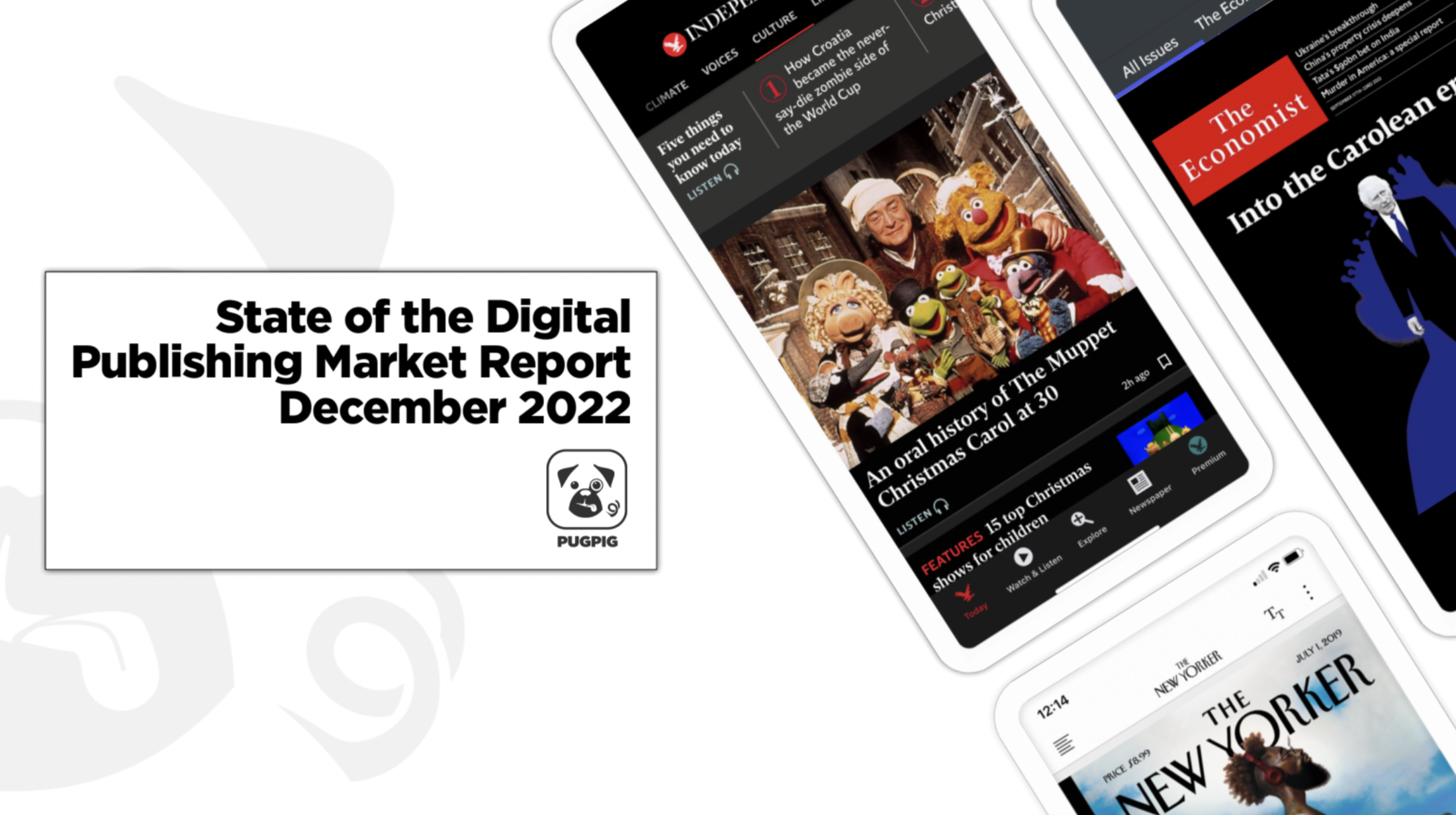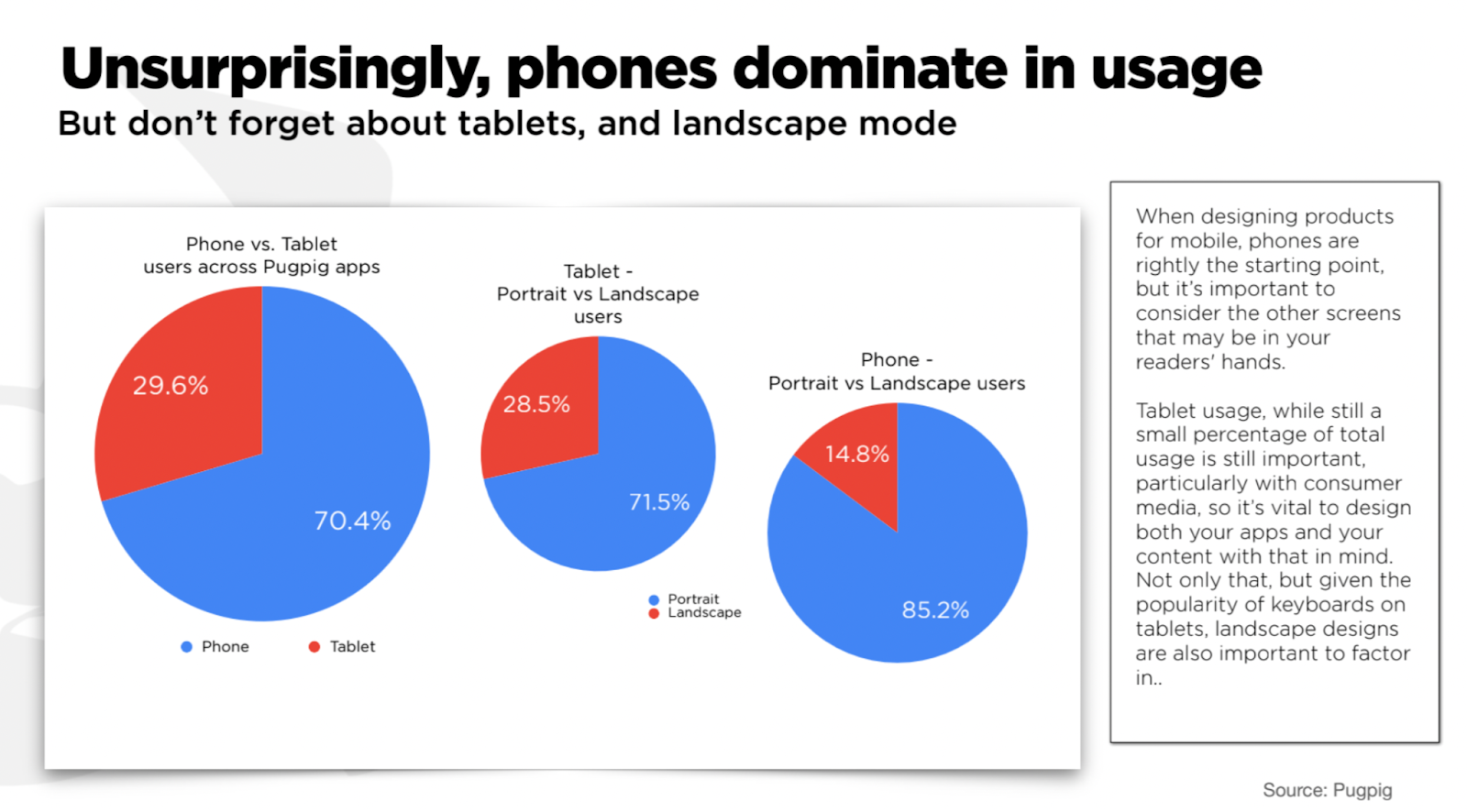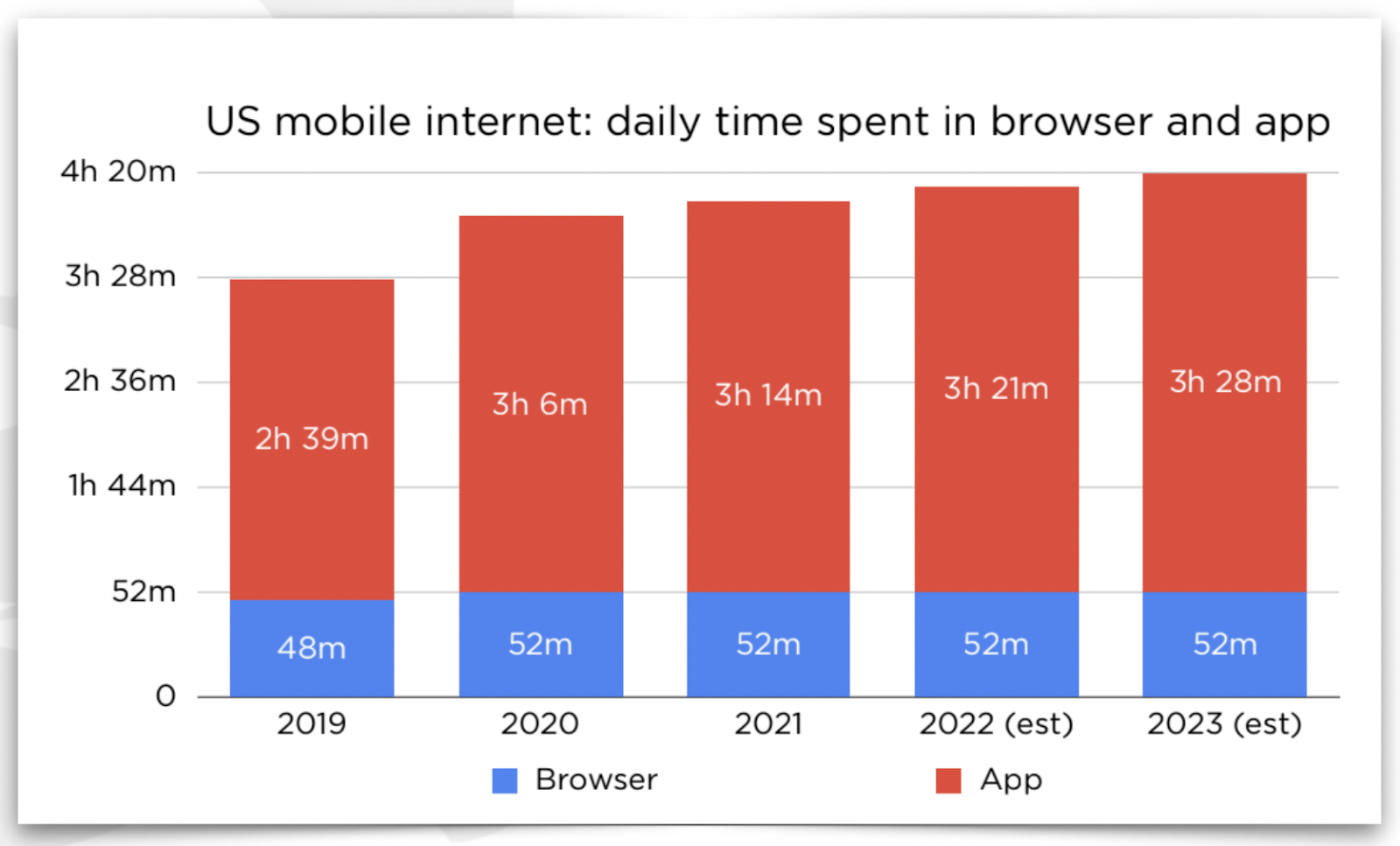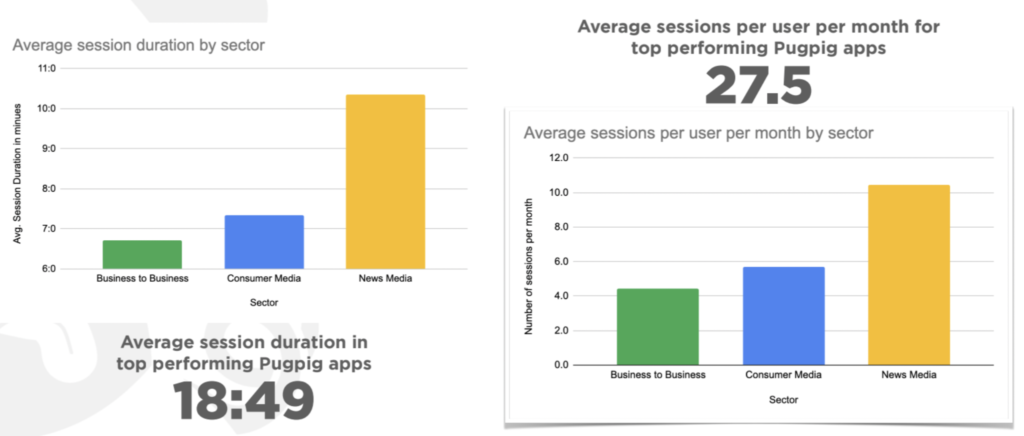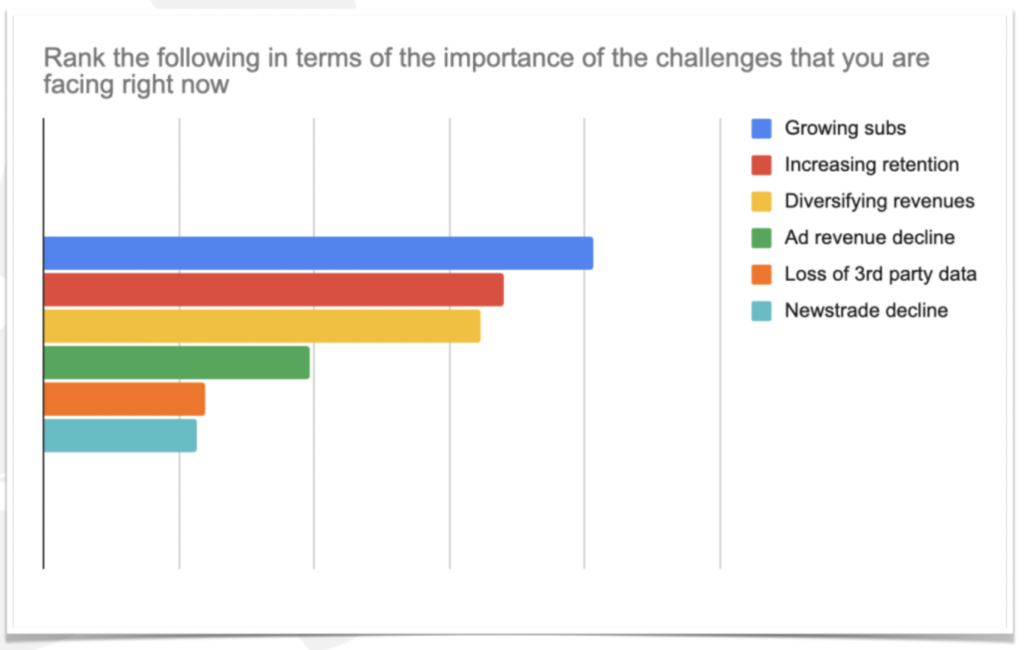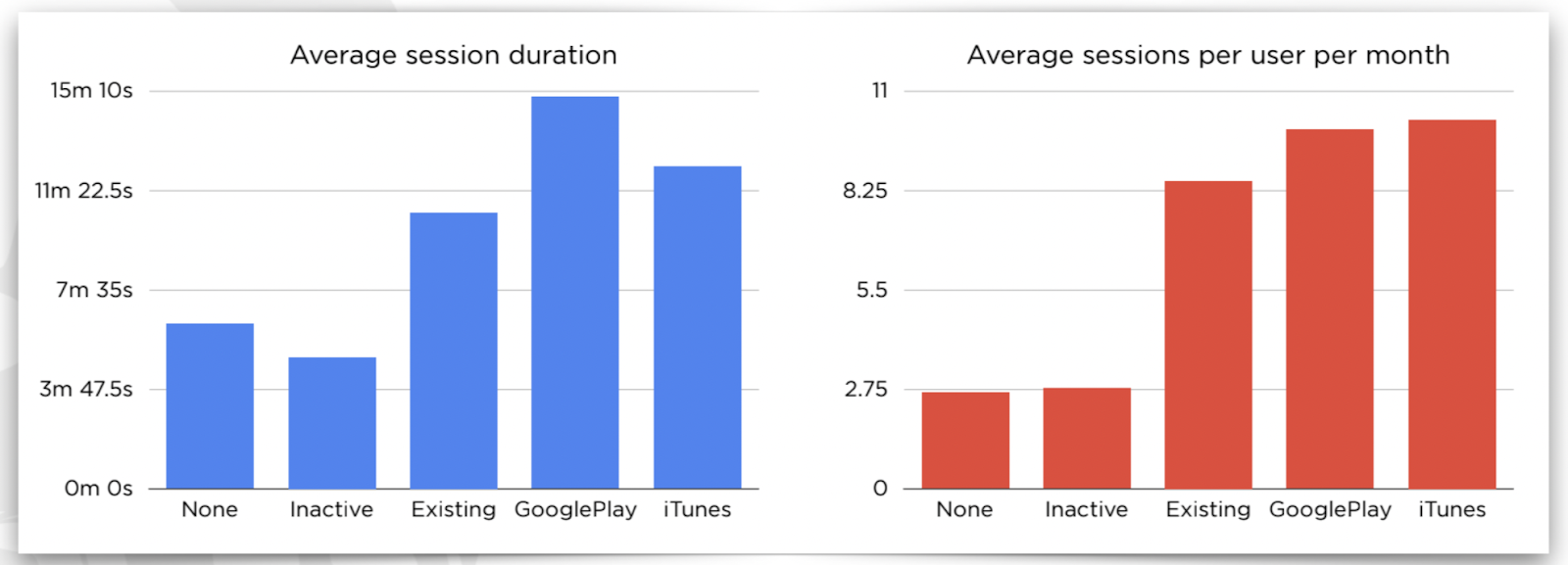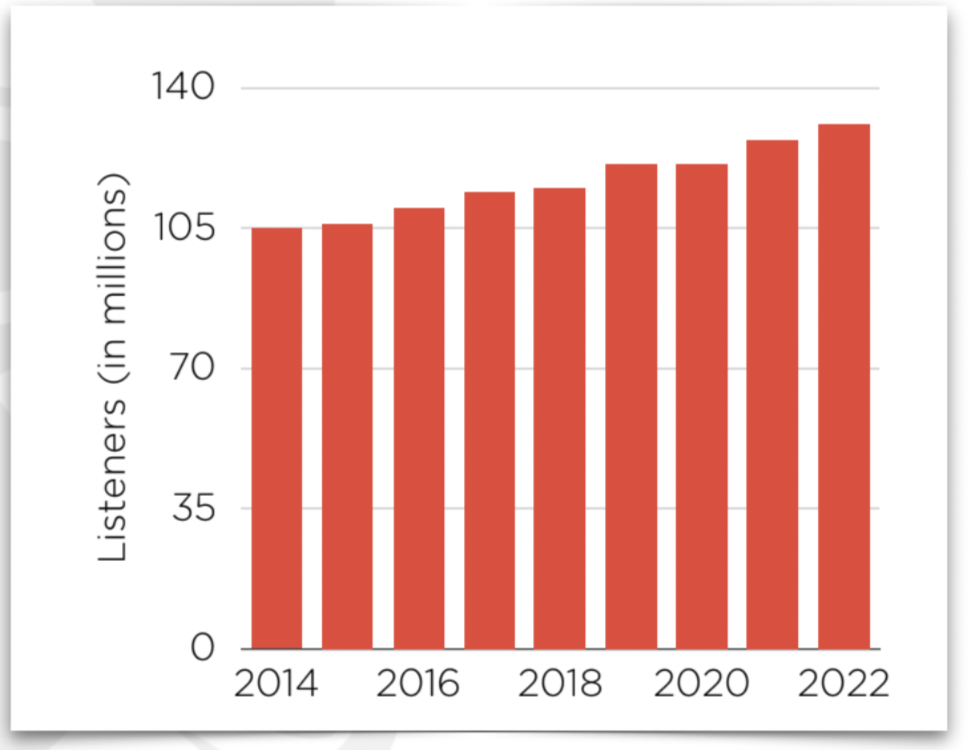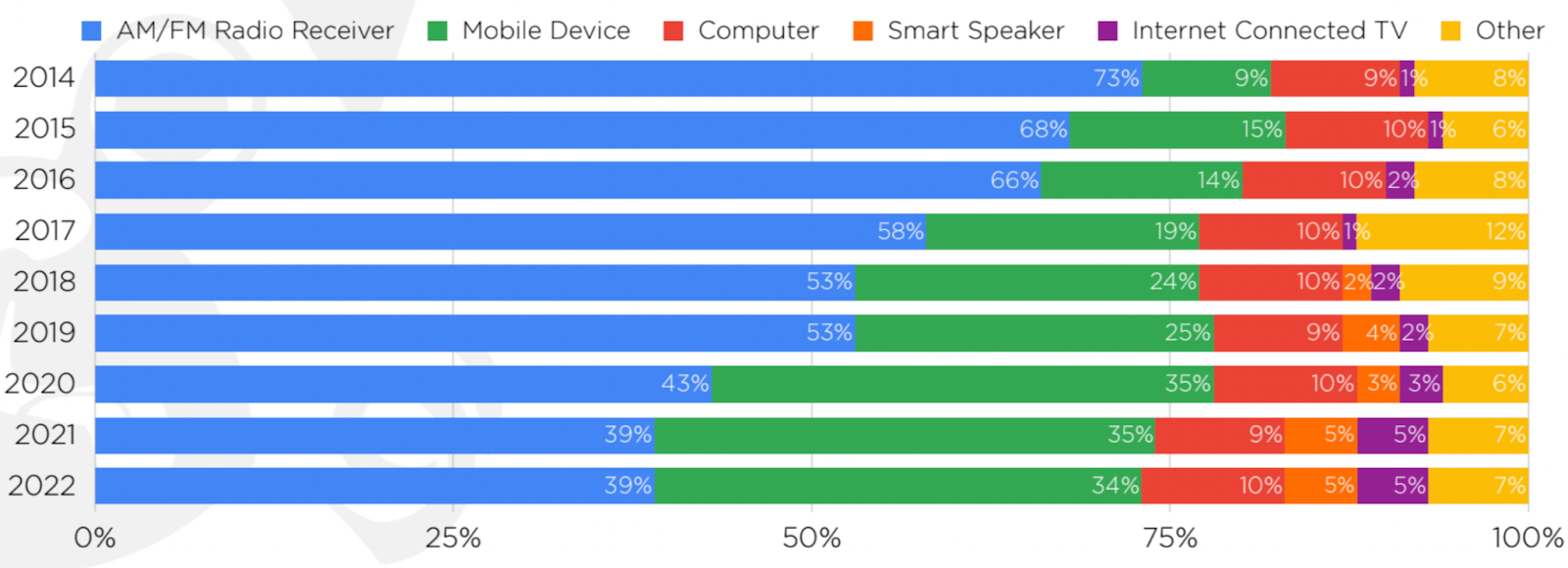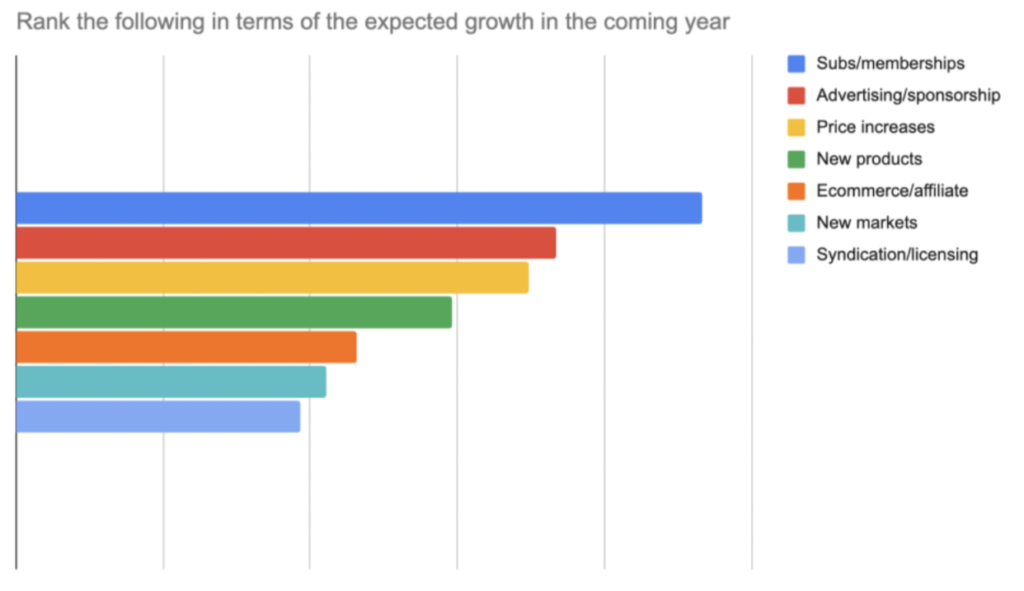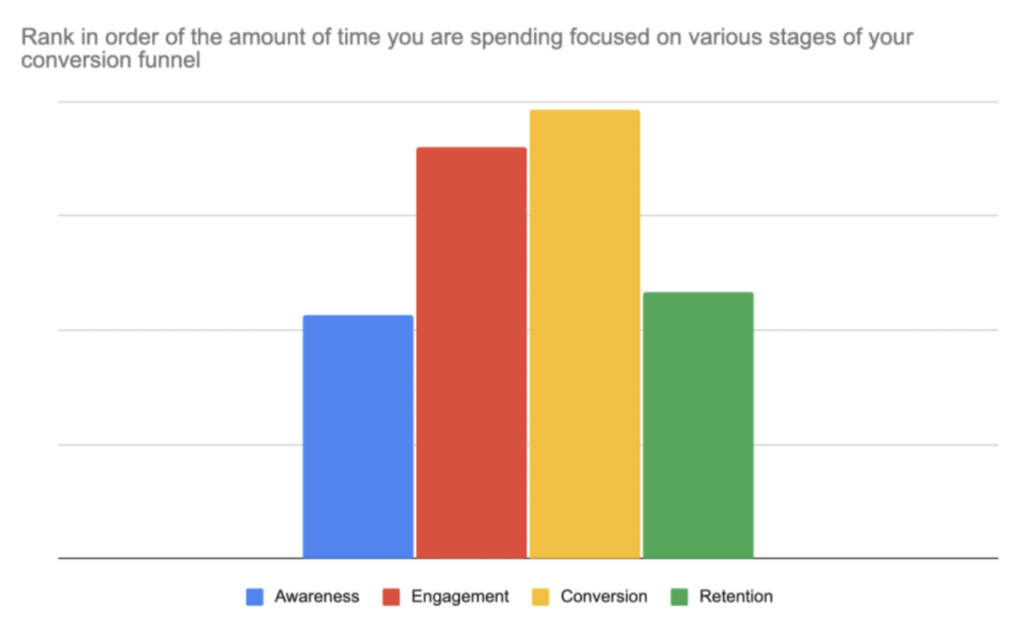Mission, Culture and Values: My first six months as a Viafourian!
Six months ago, I accepted a new position as Enterprise Customer Success Manager at Viafoura. Joining a fast-moving team responsible for ensuring our customers’ success and moving the market forward (no small feat!). As I’m starting to really fall into my stride, I’d like to take a pause to reflect on the incredible first leg of my journey here, and why I’m so excited for what lies ahead!

On a Mission to Move The Industry Forward
At its core, Viafoura’s mission is to empower brands to activate their digital audiences. In practice, the vision is so much greater- empowering digital publishers brings more power to build a sustainable future for the news and media industry. That focus and ethos lives strong in our culture and it’s seen with every customer interaction we have.
My first EBR was three months in with one of our larger customers, and it was also the first time that the mission really clicked for me. I had done countless EBRs, but here are some things that stood out to me:
- Execs from different functions: We had 6 different functions represented in the room spanning from individual contributors to top level execs, this meeting mattered!
- 3 hours long: Sounds like a lot, but it actually flew by! It was also a lesson in the trust we’ve built up as trusted advisors and partners to dedicate this much time from both sides to our partnership alignment.
- No shortage of takeaways: We left the meeting with 9 additional items for the success plan with 3 key impact projects for the year. It was the first “aha” for me that our work really matters.
Working Alongside The Best of the Best
There’s a lot to love about Viafoura. That said, our incredible team and access to senior leadership is easily the biggest motivator for me to show up as my best self every day. There are 3 key folks I want to highlight that made my first half year something very special:
- CEO Mark Zohar: I was able to sit down with Mark multiple times to dive deeper into Viafoura’s vision, oftentimes extending the call feeling very inspired. Whether he’s helping align strategically, or grabbing dinner with the team after a long day, Mark is always accessible, and can always be counted on to break the stress of working in a fast-paced environment with a funny meme, GIF or joke.
- My Team: My goodness, what a mighty team we have. Within my first week at Viafoura I had met the whole team and they each took the time to train me on specific topics, making this one of the most hands-on onboardings I’ve had. Above all, I’m inspired by our team’s dedication to always help each other level up.
- My Customers: What makes our customers stand out is how driven and innovative they are. One of my customers had 12 AI pilot projects in Q4 of last year, and they’re working on launching these initiatives to a wider audience in 2024. 🔥
Drinking From the Fire Hose
Coming from an industry that hadn’t seen any major shifts in the last 15 to 20 years, I learned pretty quickly that publishing is an incredibly dynamic industry that is constantly undergoing change. Whether it’s Google announcing SEO optimization and prioritization changes, publishers shifting from traffic to engagement quality, or building subscription models that can resonate with audiences, this industry is fast moving.
I have never seen an organization be so agile and prioritize initiatives that will have a major impact for our customers and our company. I can only explain the energy across all teams during this time as electric and aligned. It’s an exciting time in the industry, but one thing is for sure: we’re ahead of the curve & we’re ready for this!
Between being serenaded by the whole company on my first day, having my first team dinner at the best Jamaican restaurant in the city, and going to a pirate themed improv show on the lakeshore (yes you read that correctly), it’s safe to say that my first impression of working at Viafoura blew any and all expectations that I had.
2024 is going to be a big year for our customers, but it’s going to be a record-breaking year for Viafoura and I can’t wait for what’s to come!

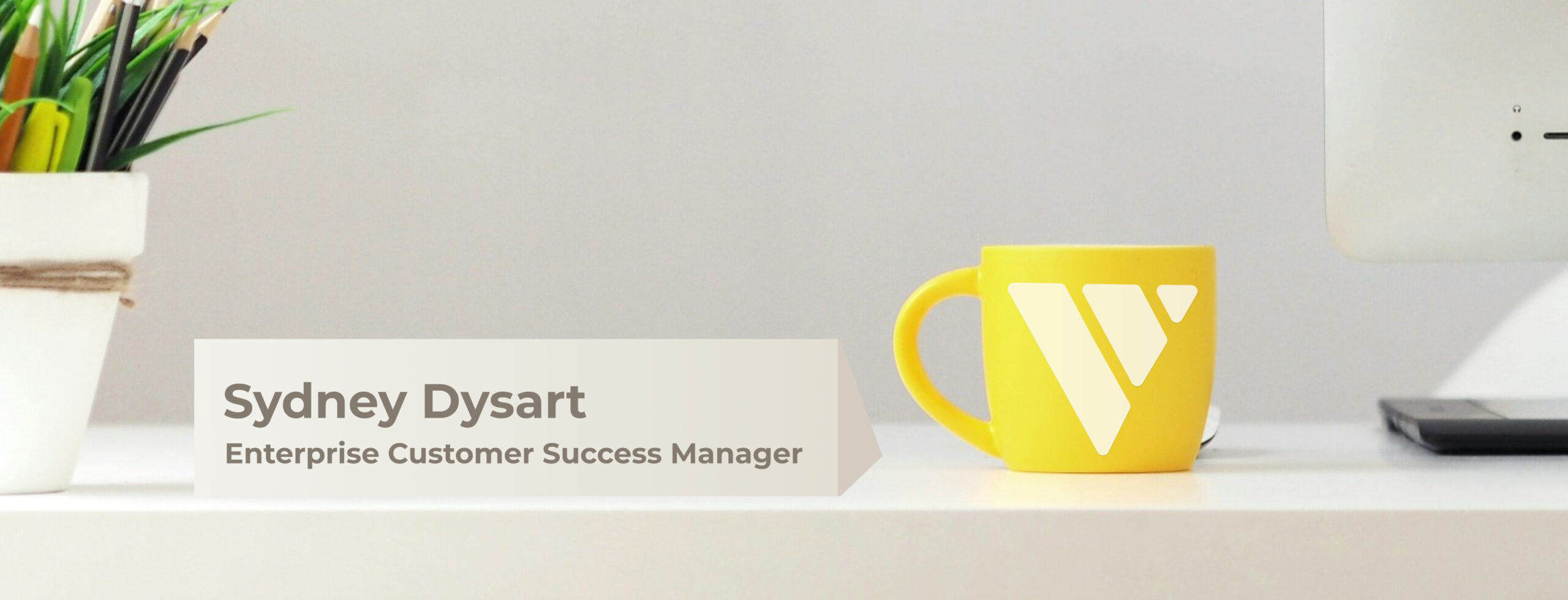
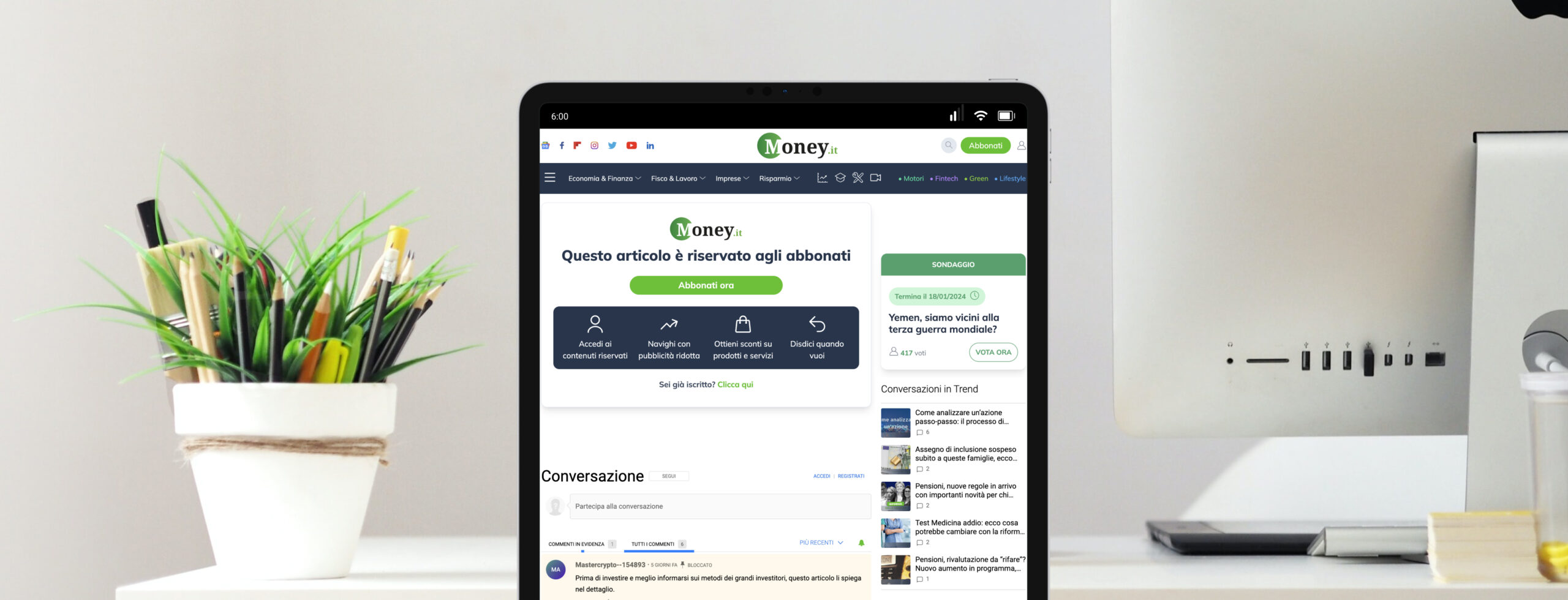



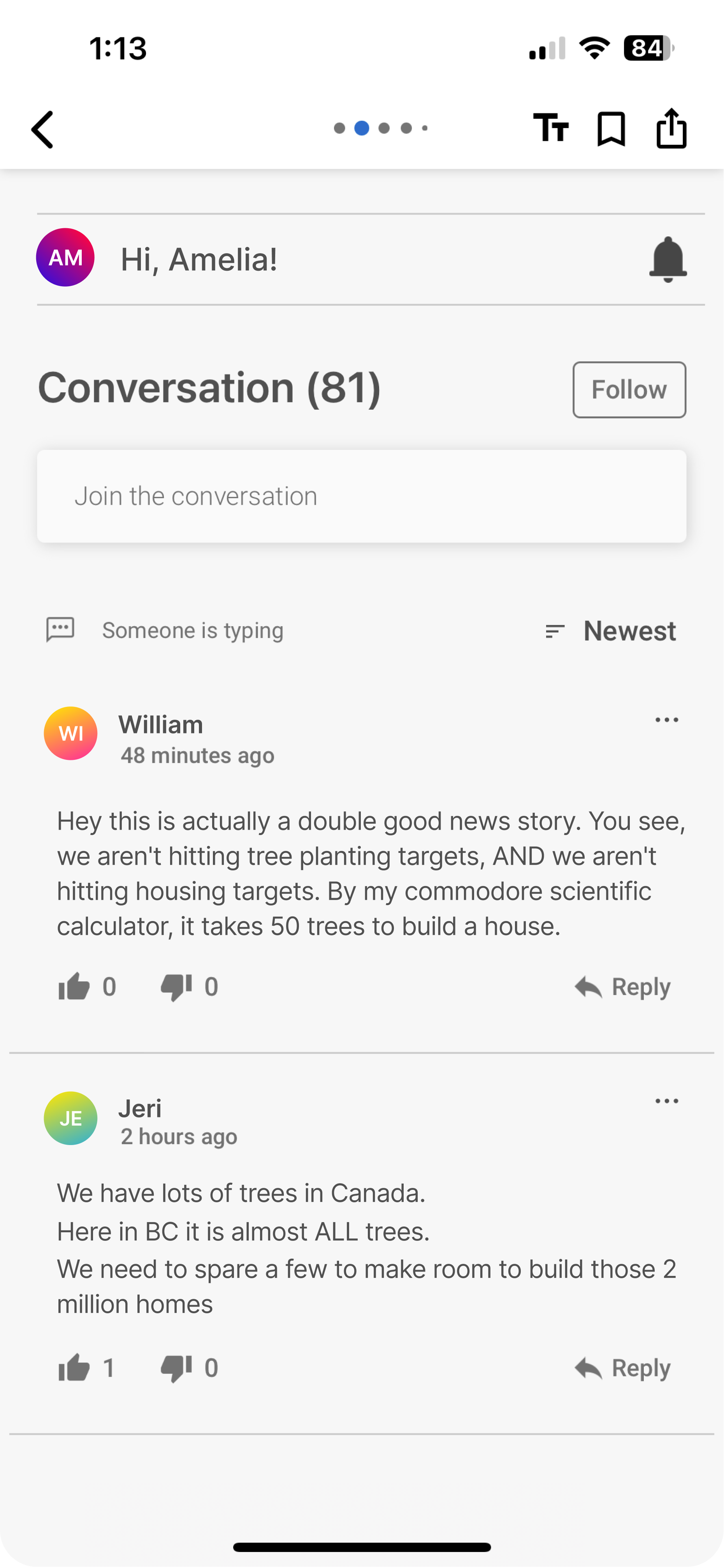
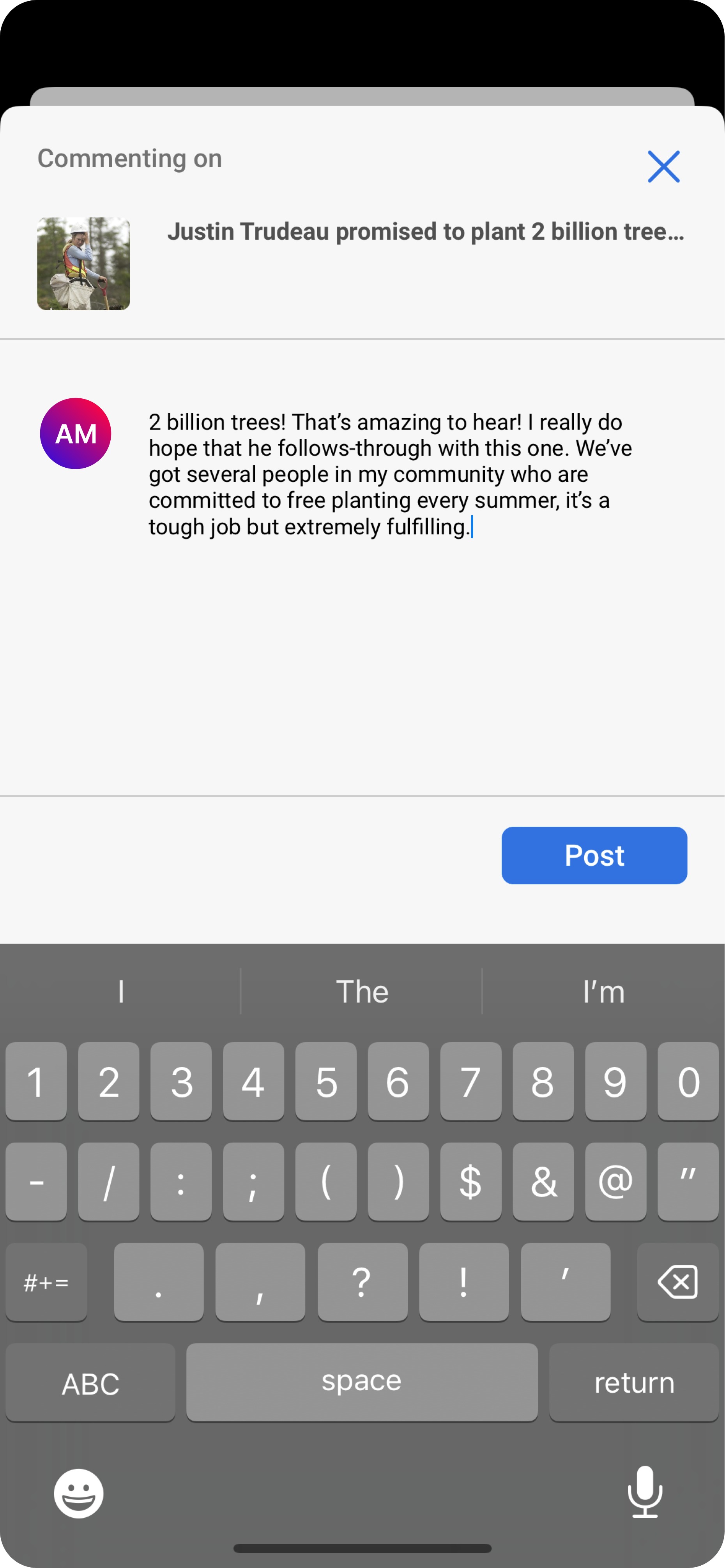
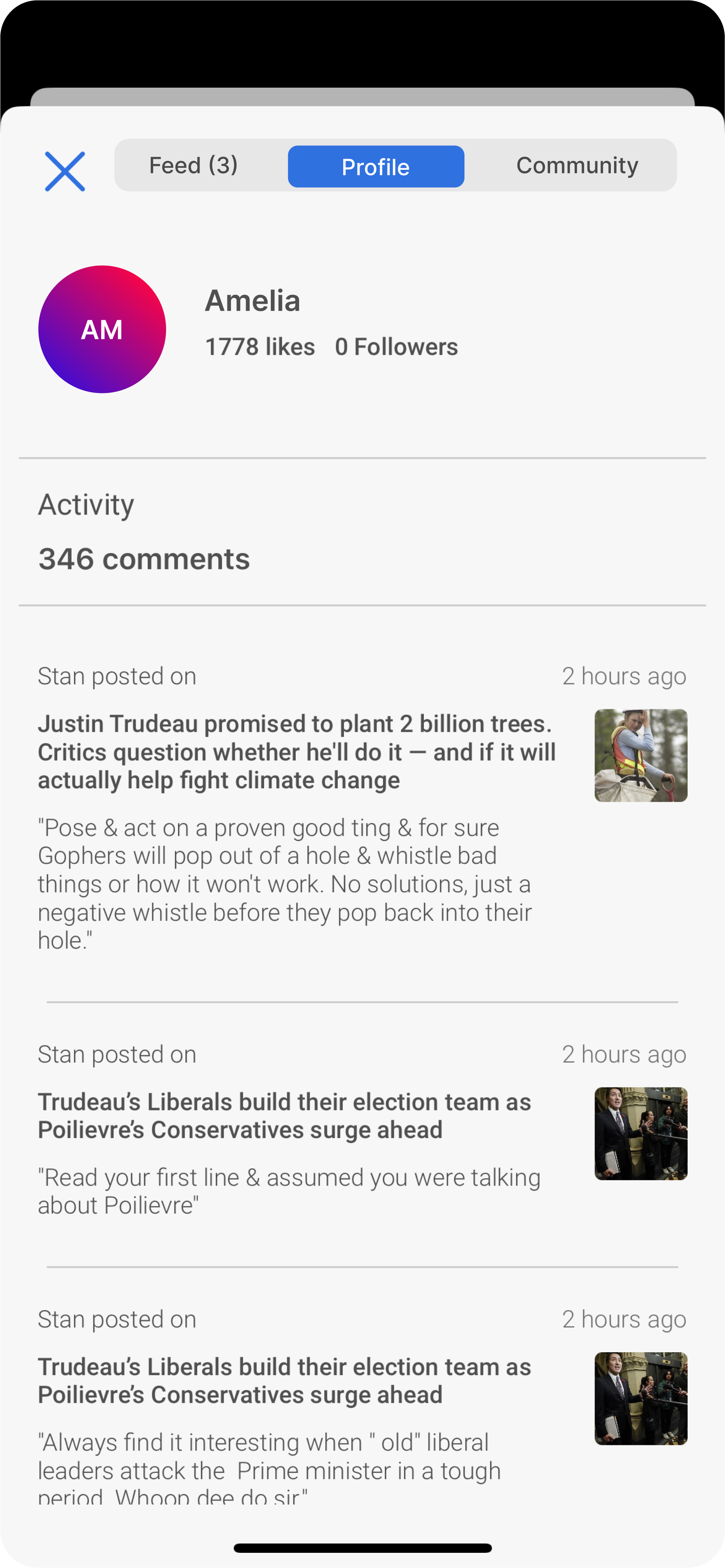



 Central to our accessibility efforts is Farhan Jiwani, a Senior Front End Engineer, and accessibility subject matter expert at Viafoura. With over a decade of experience in accessibility, Farhan’s passion began when one of his former clients, a Bank, made accessibility a priority years ago. This experience spurred his desire to make communication universally accessible.
Central to our accessibility efforts is Farhan Jiwani, a Senior Front End Engineer, and accessibility subject matter expert at Viafoura. With over a decade of experience in accessibility, Farhan’s passion began when one of his former clients, a Bank, made accessibility a priority years ago. This experience spurred his desire to make communication universally accessible.












